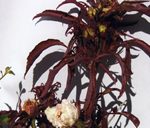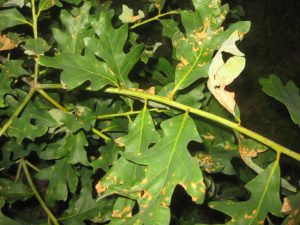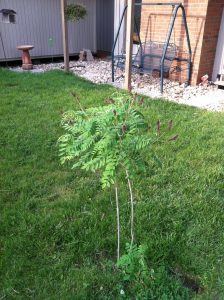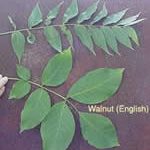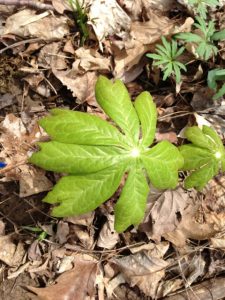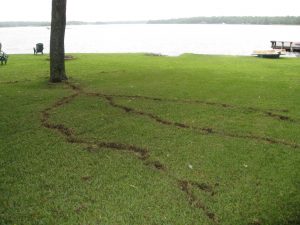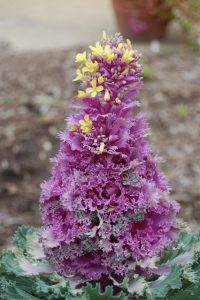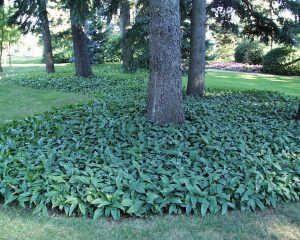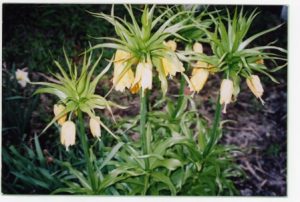Category: Uncategorized
Question and Answer
Q. I have several rose bushes started from a rose that has been in our family for five generations. My mother also had a bush started from the original. Two years ago, her rose started getting the red, narrow, twisted foliage as pictured. The rose eventually died. I have the only remaining plants, and one of my three bushes now has the same problem. Normal and abnormal foliage can come off the same main cane. […]
Orchids, Tomato Plants, & White Oak
Q. I would like to know how to care for a potted orchid I received on Mother’s Day. I don’t know anything about them or what to expect. A. Orchids belong to a large family of plants – there are over 20,000 species and more than 100,000 cultivars! There are four basic types of orchids. The proper temperature, watering and fertilizing schedules vary, depending on the type. Most orchids sold as houseplants are classified as […]
Aphids, Indigobush Amorpha, & Peonies
Q. I have discovered an infestation of what I believe to be aphids of some sort on the stems of my Victoria Salvia and Chamomile plants. They are dark and tear-shaped of various sizes, and the ants are attracted to the “honey-dew” that the insects are making. I have sprayed them with liquid Sevin, but it does not seem to have knocked them out completely. What do you recommend to fight these? – JG A. […]
Question and Answer
Q. My question is, can pine needles be used to mulch rhubarb? I’ve heard that rhubarb and walnut trees don’t mix, but would pine needles hurt rhubarb? I’m afraid to let anyone put bark mulch around my rhubarb because the companies providing the bark do not know if there is walnut in the mix. – M.S. A. Pine needles should be fine to use around rhubarb, a 2-3 inch layer would do nicely. Stick with […]
Mayapple, Royal Paulownia Tree
Q. I have quite a few of these plants coming up in the wooded area behind my house. They seem to grow around trees, and there are large clusters of them. The clusters seem larger than I remember last year. What are these and are they poisonous and/or invasive? Should I try to control them? A. This is the mayapple, aka mandrake, known botanically asPodophyllum peltatum. Mayapple is a lovely native woodland plant – no […]
Question and Answer
Q. Lightning struck my maple tree early this morning. The tree has no visible damage on any of the outside bark, but as you can see from the picture, the ground above the root system was blown away in ruts in every direction. Do you have any opinion about the likely survival of this tree? Thanks for any input. A. That is quite the “striking” photo! I wish I could be more specific, but there […]
Question and Answer
Q. The ornamental kale in my flowerbed developed small yellow flowers this past December. I’ve never seen it do that before. Any idea why this happened? A. So-called flowering kale and flowering cabbage are ornamental types of the edible crops, grown for their colorful foliage. Cabbage and kale have a biennial growth habit, producing foliage only the first growing season, then flowering and setting seed the second growing season. Both the ornamental and edible types […]
Lily-of-the-valley
Q. I wish to know what can be done to help my lily-of-the-valley. It does not flourish as most do, and I don’t have a clue what would help. A. Lily-of-the-valley is more frequently perceived as a bit of a garden thug, due to its aggressive spreading nature in shady, moist, rich, well-drained gardens. However, it is not particularly tolerant of intense heat or compacted, dry soil. The extreme heat and drought experienced throughout the […]
Question and Answer
Q. My elephant grass just keeps getting smaller year after year. It just dies and kind of turns to dust in the middle. How do I keep from losing them entirely? I would love for them to be lively and beautiful and big. Can you help me please? (Submitted from Charlestown, Ind.) A. It is quite common for perennial grasses (and other perennials) to die out in the center, particularly those that form dense clumps. […]
Baptisia australis Perennial of the Year for 2010
If someone asked me to design my idea of the “perfect” perennial, it would come pretty darned close to being this year’s selection for Perennial of the Year. Gorgeous purple-blue flowers, widely adaptable, native, well-behaved, relatively pest-free, and long-lived garden plant all describe Baptisia australis, which was named the Perennial Plant of 2010 by the Perennial Plant Association (PPA). Native to much of the Eastern United States, B. australis is a legume and can fix […]
